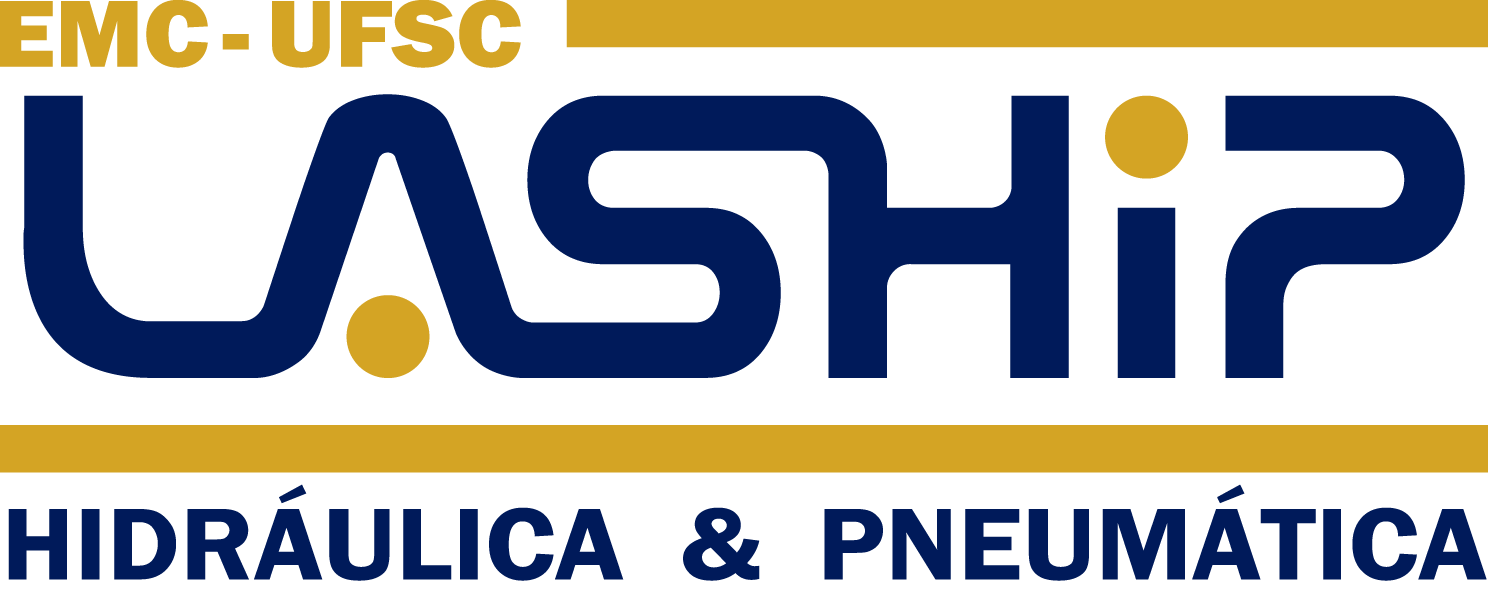Candidato: Mauro Damián Hené
Programa: UFSC / POSMEC
Data: Dezembro de 2010
Orientador: Victor Juliano De Negri
Resumo: Nos últimos anos, diferentes estudos têm sido publicados com o intuito de aperfeiçoar o desempenho de sistemas de posicionamento pneumáticos, principalmente no que se refere às novas técnicas de controle, estudos do comportamento do atrito em atuadores e a influência da válvula direcional proporcional no desempenho do sistema. As válvulas e os cilindros apresentam limitações comportamentais intrínsecas, devido à compressibilidade do ar, às não-linearidades associadas ao escoamento do ar na válvula e ao atrito mecânico no cilindro. Fatores que tornam os sistemas pneumáticos difíceis de serem controlados. No entanto, parece ser possível melhorar o desempenho de sistemas de posicionamento pneumáticos uma vez que seja alcançado um correto dimensionamento da válvula e do cilindro e a condição operacional do sistema seja perfeitamente compreendida. Em um sistema de posicionamento, a condição operacional que determina o tamanho mínimo exigido para a válvula está estabelecida no ponto médio do trajeto entre as duas posições em estado estacionário, onde a velocidade máxima ocorre. Em caso de sistemas pneumáticos on-off, a condição de estado estacionário com velocidade constante é a exigência operacional do sistema. Neste contexto, o presente trabalho estuda a influência dos valores obtidos de catálogos de fabricantes de válvulas frente aos valores obtidos por meio de ensaios experimentais segundo a Norma ISO 6358 na determinação do ponto de operação de um sistema pneumático. O estudo envolve também a análise das mudanças de temperatura nas diferentes vias de trabalho do circuito pneumático durante o deslocamento do atuador. Em função dos resultados alcançados, válidos tanto para sistemas on-off quanto para sistemas de posicionamento, propõe-se um método de cálculo que auxilie o engenheiro projetista na escolha dos componentes pneumáticos, apresentando um conceito alternativo aos tradicionais métodos de dimensionamento.
HENÉ, M. D.. Estudo Teórico-Experimental do Ponto de Operação e Proposição de Método de Dimensionamento para Sistemas Pneumáticos. 2010. Dissertação (Programa de Pós Graduação em Engenharia Mecânica), 129 p. Universidade Federal de Santa Catarina.


